It might cost less than you think.
There are many factors that influence the cost of a world trip — where you go, how long you travel, how you like to travel, and what you want to experience. In this post, we break down the key cost factors, share what we spent, and offer tips to help you save.
Where You Go
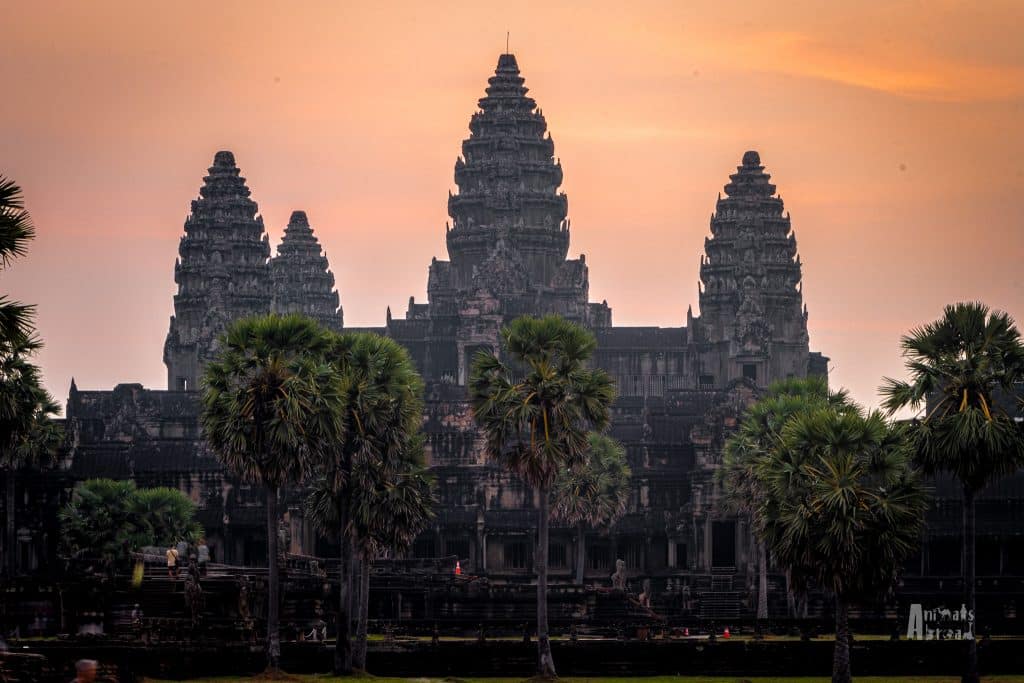
One of the biggest factors that will shape your trip budget is where you go. Travel costs vary dramatically from place to place, and where you visit can make a big difference in how far your money goes. Spending more time in lower-cost countries will stretch your dollars further and give you more room for those “must-see” adventures.
Generally, Asia, Africa, and South America are the most budget-friendly. But even within continents, prices can vary a lot. In Morocco, we spent as little as CAD 55 per day on food and accommodations, while in Cape Town, South Africa, we averaged around CAD 175 per day.
In contrast, regions like Europe, North America, and Oceania will eat up a bigger share of your budget, even if you’re travelling simply. In Siem Reap, Cambodia, a daily budget of CAD 60-65 could cover a hotel with breakfast and a restaurant dinner. In Athens, Greece, hotel plus meals at home was closer to CAD 250 a day.
It’s not just about cost — it’s about value. In Indonesia, we paid CAD 90 for a private villa on Gili Trawangan: two bedrooms with en-suites, a private pool, and breakfast delivered each morning. For double the price in Sydney, Australia, we squeezed into a tiny room with two sets of bunk beds.
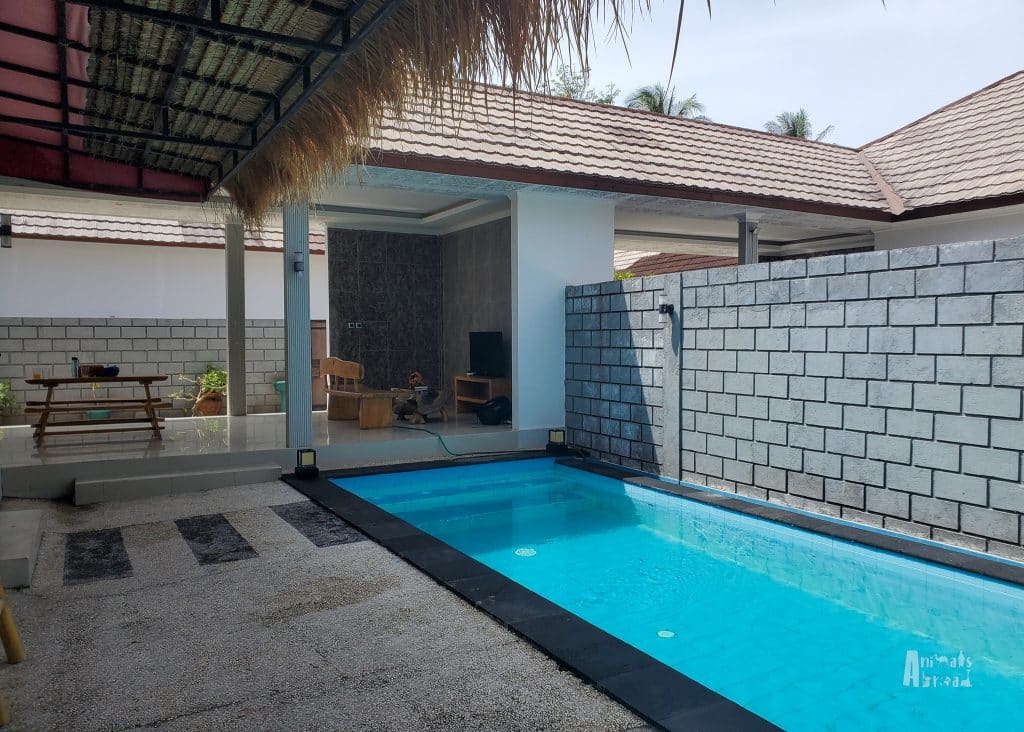
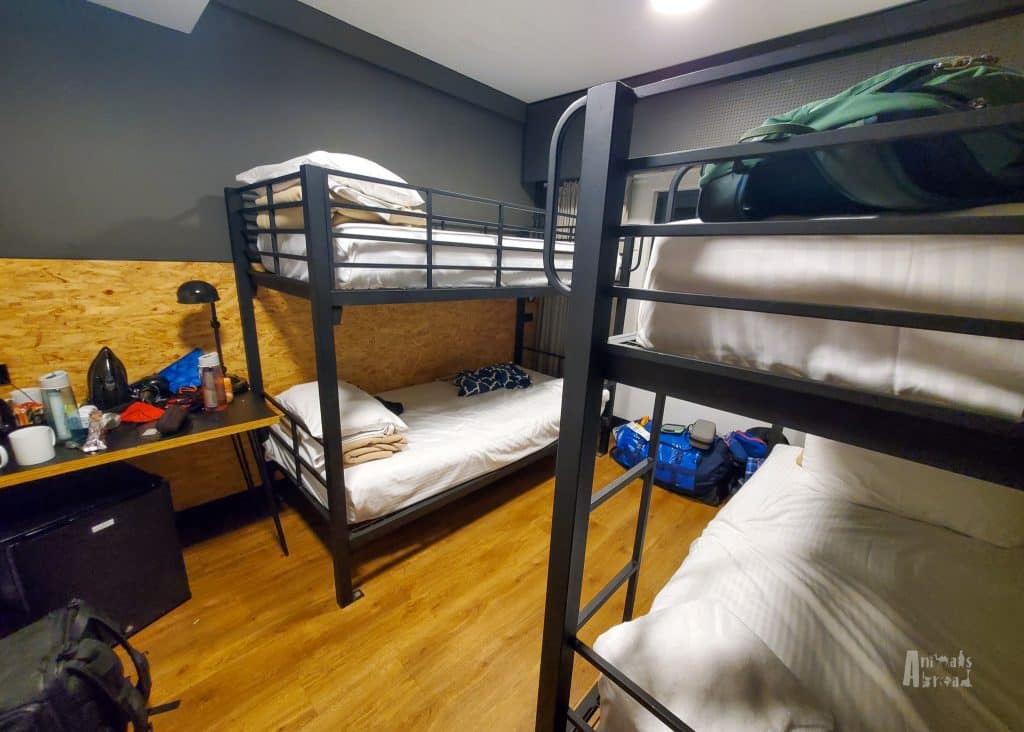
Big-ticket experiences can also vary widely in price depending on where you go. An African safari in Tanzania or Botswana is incredible — and expensive. But Zambia and Namibia offer equally wild experiences for a fraction of the cost. Likewise, we chose to explore the Amazon from Bolivia instead of Brazil, which saved thousands of dollars.
Our Breakdown
We originally planned just three months in Europe (mostly with family to keep costs down). But after a stretch of fast travel, we added two slower months in Split, Croatia — affordable by European standards, but still a budget stretch compared to Asia. In the end, our time looked like this:
• 4 months in Africa
• 4 months in Asia
• 2 months in Central/South America
• 2 months in North America
• 5 months in Europe
Where you spend your time matters—your destination choices can stretch your budget or shrink it fast, but with a little planning, you can find incredible experiences that fit your budget in every corner of the world.
How Fast You Travel
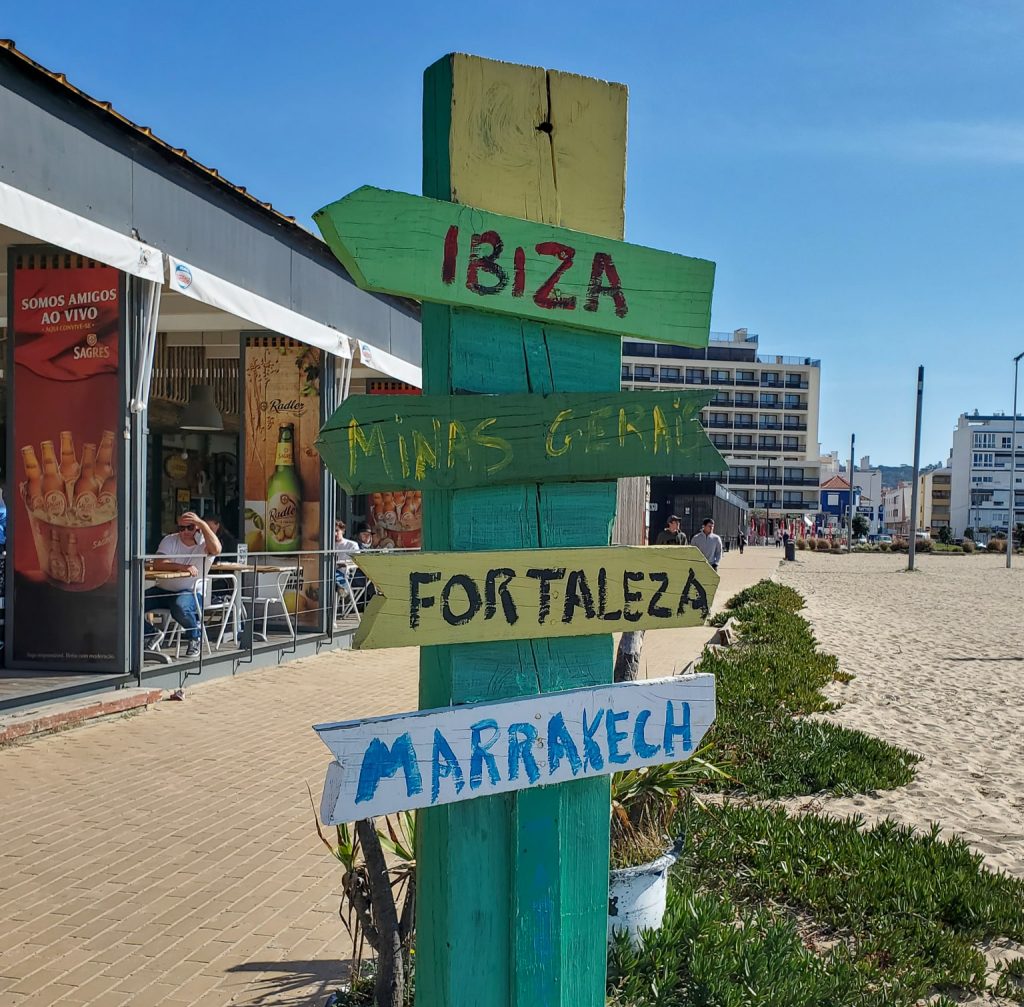
The more you move, the more it costs. Every time you move, especially between countries, costs add up: flights, visas, transport to and from airports, and baggage fees.
When planning our world trip, we aimed to spend about four weeks in each country. This helped keep international flight costs down and gave us time to settle into a rhythm. But once we were on the ground, how quickly we moved varied widely depending on the country and what we were doing.
In places like Morocco, Panama, and Bolivia, we were on the go every two to three days, eager to explore as much as possible. In other destinations, like Cape Town and San Benedetto in Italy, we slowed down and stayed for around two weeks. And sometimes, we needed a proper break—time to rest, reset, and catch up on school and work. We spent two months in Split, Croatia, and a month in Playa del Carmen, Mexico, both of which offered great long-term apartment rentals that helped balance out the budget.
Transportation
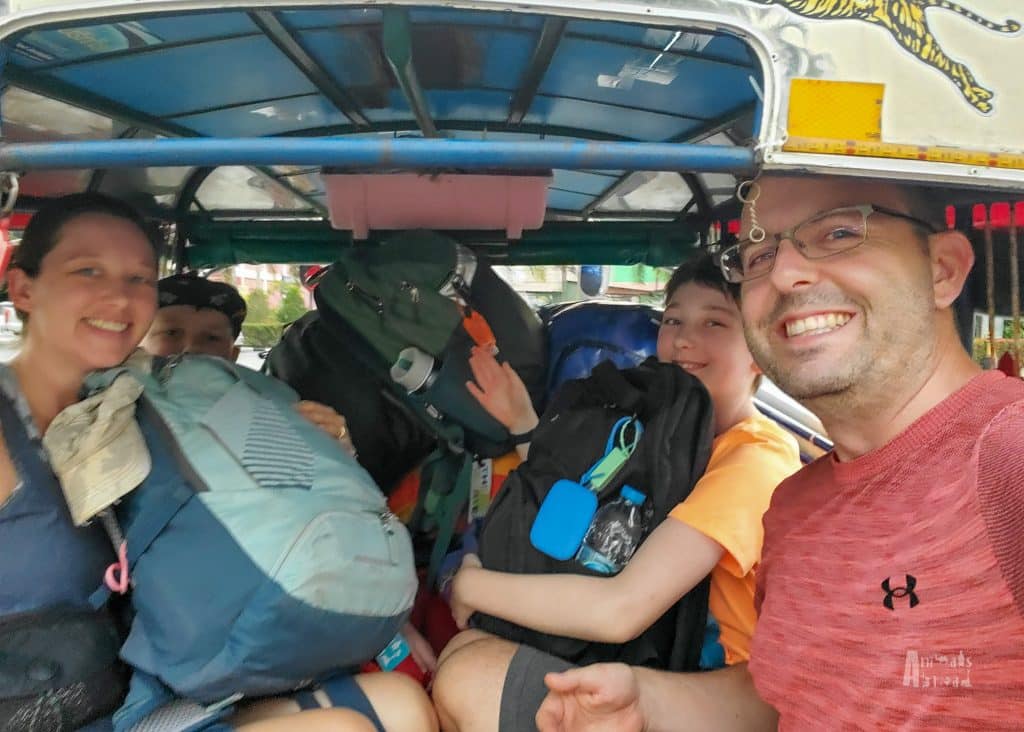
Before we started our trip, we assumed the cheapest way to get around would always be by train, bus, or ferry. But once we were on the road, we learned it wasn’t always so simple. Derek took the lead on transport logistics, uncovering alternate routes that were often cheaper and faster. And while ground travel can be inexpensive, there are also many flight deals to be had, especially one-way or non-direct flights, which can offer savings. When you’re not in a rush, a layover isn’t a hassle — it’s just part of the journey.
In Egypt, for example, we took a train from Cairo to Alexandria and back, then hopped on a flight to Aswan for less than the cost of the long overnight train. From there, we hired a driver to take us up to Luxor, stopping at temples along the way.
Over the course of our trip, transportation became part of the adventure. We rented cars, rode buses, hopped on ferries, squeezed into tuk-tuks, caught overnight trains, and even zipped through the jungle on motorcycles. We learned that staying flexible — and doing a bit of digging — can make all the difference when it comes to both budget and experience.
Accommodations
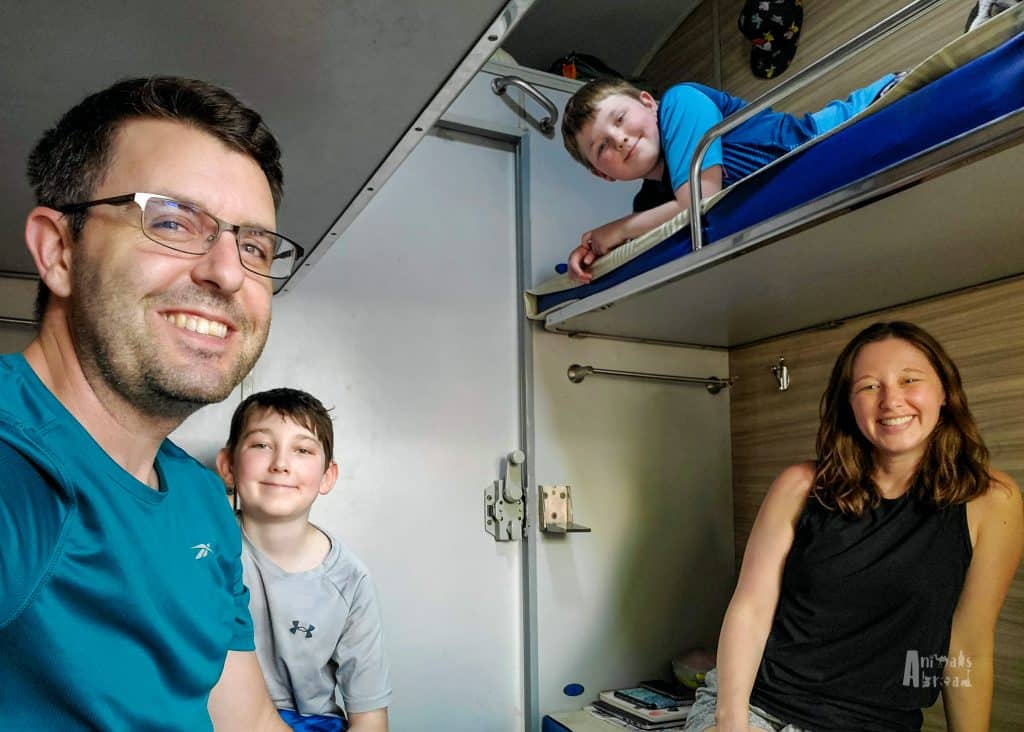
Accommodation is another item that can really add up — or stretch your budget, depending on how you travel. The more basic you’re willing to go, the farther your money will take you. When staying in hotels, we generally looked for well-reviewed 2 to 3-star options. But ratings aren’t everything — with a little research, you can often find a diamond in the rough. Some of our best stays weren’t the fanciest, but they had charm, great service, and a price that let us stay longer or splurge elsewhere.
Accommodations with kitchens were a huge plus for us. We usually preferred to cook at home, especially in pricier regions. That said, in places like Vietnam, Cambodia, and India, eating out was so affordable — and so delicious — that it didn’t make sense to shop and cook.
Here are some of the ways we saved:
• Camping: We spent two months camping — not only did it cut costs, but it gave us time in nature and some unforgettable settings, like waking up to elephants outside our tent in Botswana.
• Hostels: Some offered private family rooms, which made it easy to meet other travellers without sacrificing comfort or privacy. Our boys especially loved the friendly communal vibe.
• Small or family-run local hotels: Often cheaper than big chains, with more personal touches and local flavour. Many included breakfast, which helped stretch the food budget, too.
• Apartment rentals: Overall, we found it more economical to stay in apartment rentals as a family. Often, the space was larger (occasionally offering separate bedrooms), a living space, and a kitchen, saving us the cost of eating out.
• Staying outside tourist zones: Staying in the tourist areas is always more expensive. Sometimes it’s worth it for the experience or walkability, other times, staying just outside the popular spots can save you a lot of money without impacting your experience. In Hanoi, for example, we booked an apartment just beyond the Old Quarter. It was quieter, half the price, and close to local markets with delicious fresh fruit. Plus, Ubers were cheap and convenient for getting around.
• Overnight transport: It may not be the best night’s sleep, but combining your accommodation with overnight travel is a cost-saving option. We did overnight bus, train, and ferry trips, and booked most international flights as red-eyes.

With all this cost saving (and close quarters of family members), it is nice to splurge occasionally. The kids went crazy when we were near a beach or in a hotel with a pool. Some of our most luxurious accommodations included an all-inclusive resort in Luxor and a private villa in the Gili Islands— proof that you can travel on a budget and still enjoy some of the finer things.
Food
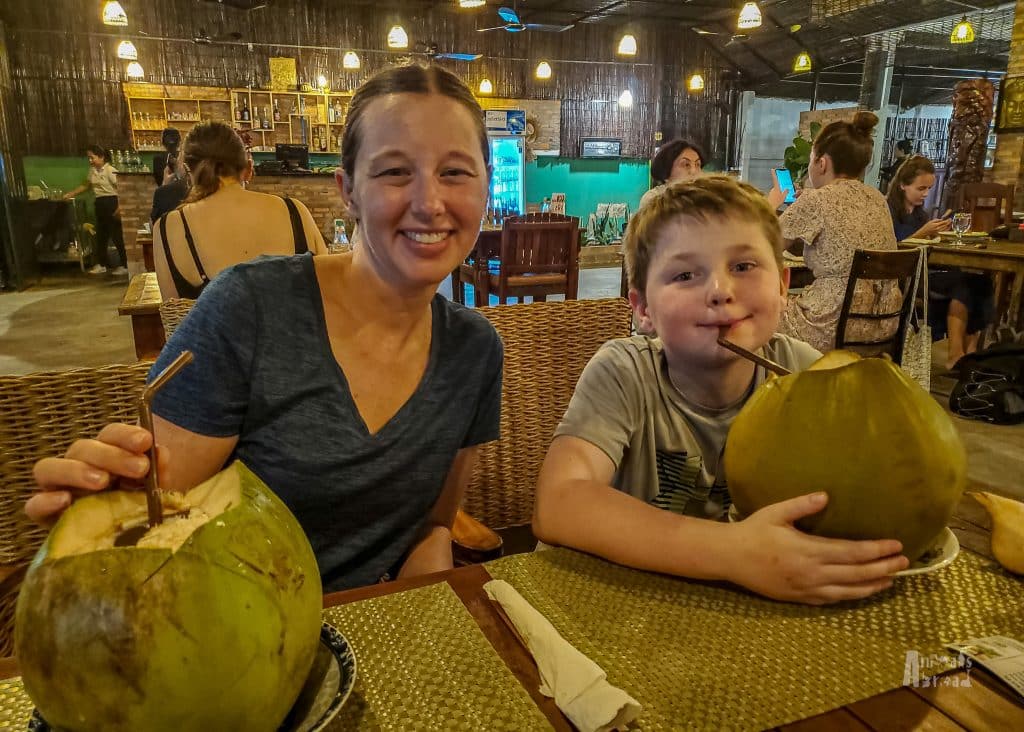
Food can be one of the sneakiest budget drains. Just like at home, eating out is more expensive. Shifting your mindset that you are living abroad rather than on vacation can help. Ask yourself: Would you eat out every day at home? No! Then hit up the grocery stores.
Grocery stores and simple home-cooked meals became our norm. We still made space to try local specialties, but we balanced those meals with packed lunches and dinners at “home.”
Some of our best meals came from humble local restaurants we found through Google reviews — we only visited places with at least four stars and a good number of reviews. While street food can be delicious and cheap, we tended to be cautious, especially in places where food safety was a concern.
A few more ways we kept food costs down:
• Booking accommodations with breakfast included.
• Shopping at local markets instead of tourist grocery chains.
• Bringing snacks on day trips and long travel days. Cafe stops add up quickly.
Eating well doesn’t have to mean eating out all the time. A little planning goes a long way.
Activities & Excursions
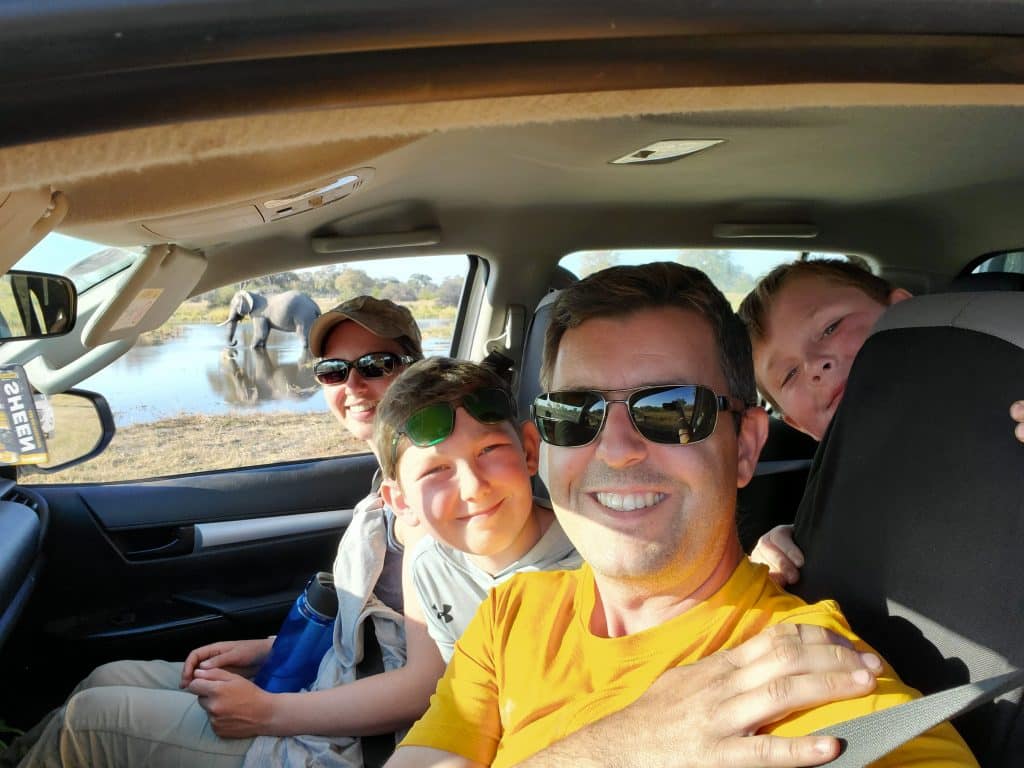
This is where we spent our money. Despite all our efforts to stretch the budget — cooking at home, camping, booking cheap flights — we couldn’t do it all. We had to make choices, and that meant constantly asking: Is this experience worth it for us? Sometimes the answer was “yes, absolutely.” Other times, we let things go in favour of a simple beach day or a walk through a new city.
When we started saving for our trip, we looked into the big ticket items so we would have an idea of cost, but once on the road, activities like entrance fees to historical sites, national parks, day trips, and shorter excursions like snorkel trips all added up. We had to continually remind ourselves that we couldn’t do it all and to save for our “must-sees”.
Ways We Saved on Activities
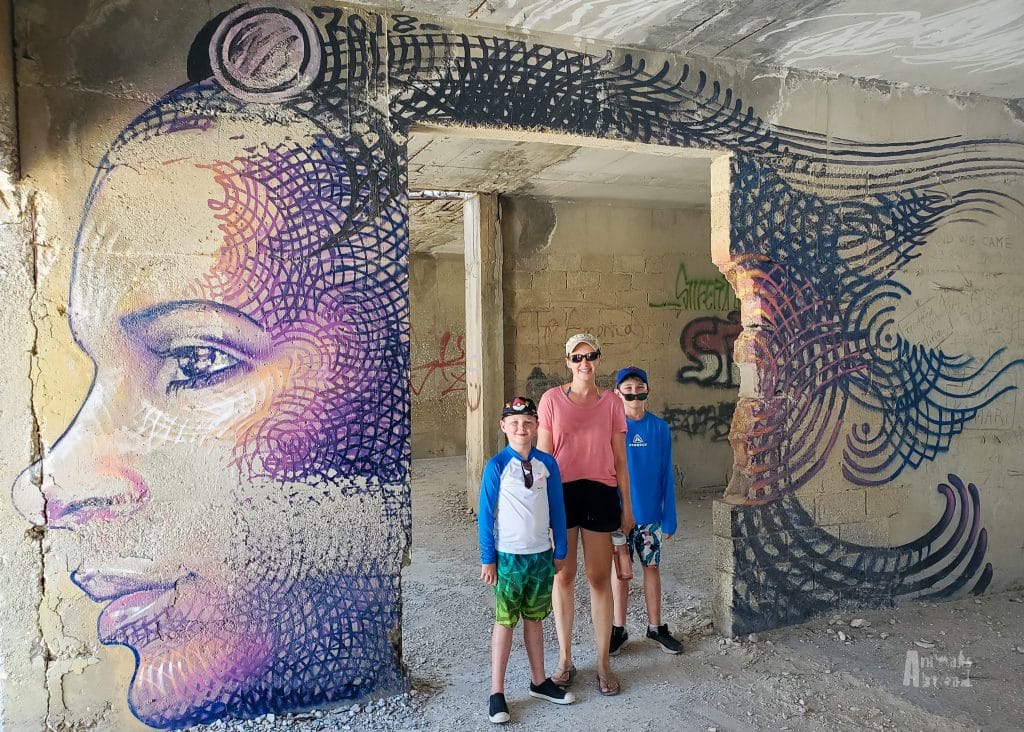
We found a surprising number of ways to have fun and spend less. Here are some ideas:
• Beaches and hiking trails became our go-to. In Naxos, Greece, we stumbled upon a hidden beach beside an abandoned hotel covered in elaborate graffiti — one of our best finds.
• Self-guided walking tours were another great way to explore. Sometimes we used apps; other times, we just wandered with a vague destination in mind.
• Free or cheap museums gave us a chance to soak up local history and art.
• Parks and playgrounds offered our boys a break from sightseeing — and with a soccer ball in their hands, it was often a chance to join in with local kids.
• “Kid-led” tours became part of our homeschooling. In Greece, the boys researched Poseidon’s and Zeus’s temples, then led us around like mini tour guides. Their enthusiasm made the ruins come alive.
• Go it Alone: Save the guided tours for experiences that you are really interested in having a deep dive. For us, it was the Great Pyramids and the Roman Colosseum.
• People Watch: Sometimes, it was as simple as grabbing an ice cream and sitting in a square to watch the world go by.
Our Big Splurges
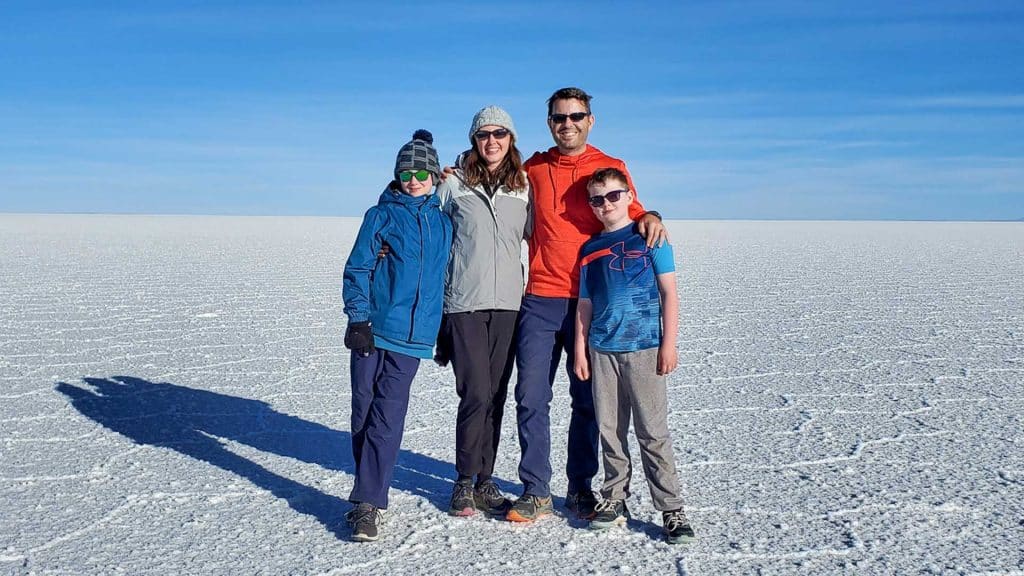
We aimed to do one major splurge per country — something unique to the place, something we couldn’t do anywhere else. Here’s where we chose to spend:
• Morocco: Camel trek through the Sahara
• Namibia & Botswana: Multi-week safari
• Croatia: Sailing trip through the islands
• Thailand: Visit to an ethical elephant sanctuary
• Cambodia: Phnom Tamao Wildlife Reserve
• India: Tiger safari in Ranthambhore
• Indonesia: Orangutan trek in Sumatra + Komodo Island boat tour
• Bolivia: Amazon jungle adventure + Uyuni Salt Flats
• Mexico:Swimming with whale sharks off Isla Holbox
Tip: Unless something is likely to sell out, wait to book tours until you arrive. Booking locally gave us more flexibility and often lower prices, and we had the chance to ask other travellers and locals for recommendations first.
Surprise Splurges
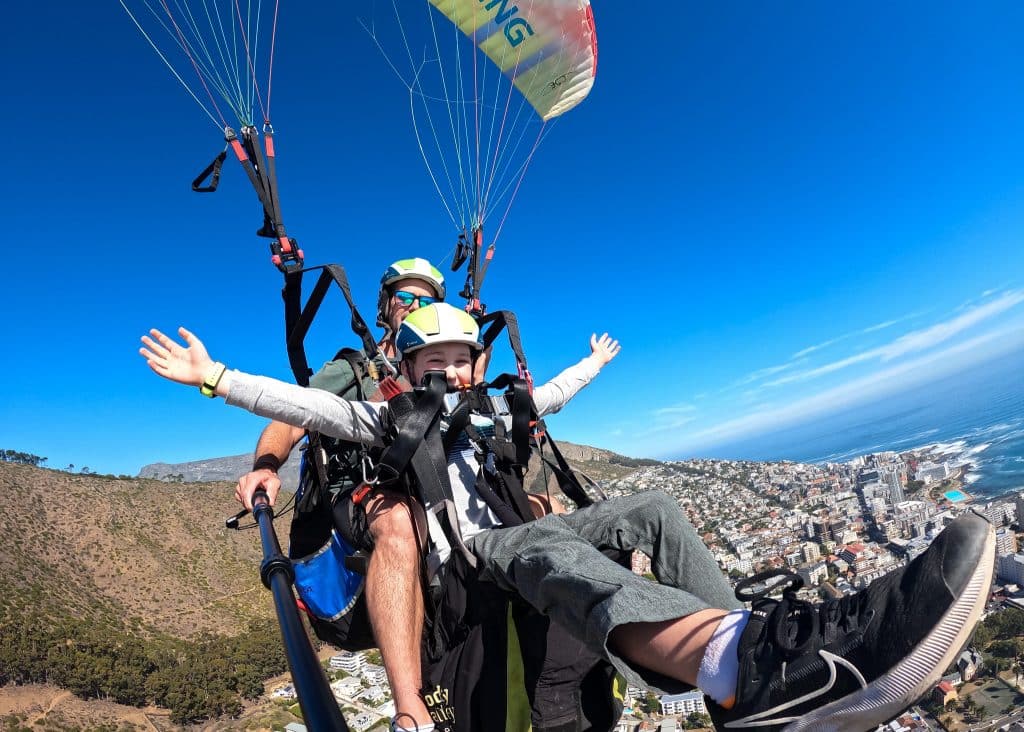
And then there were the moments we didn’t plan for — experiences we hadn’t budgeted for but couldn’t pass up. The kind that whisper: You’ll regret skipping this.
• South Africa: Parasailing off Table Mountain
• Egypt: Overnight desert camping in the White Desert
• Thailand: Snorkelling trip to the Phi Phi Islands
• USA (Florida): Swimming with manatees in Crystal River
• Bolivia: A visit to Jaguarland Reserve
Hidden Costs
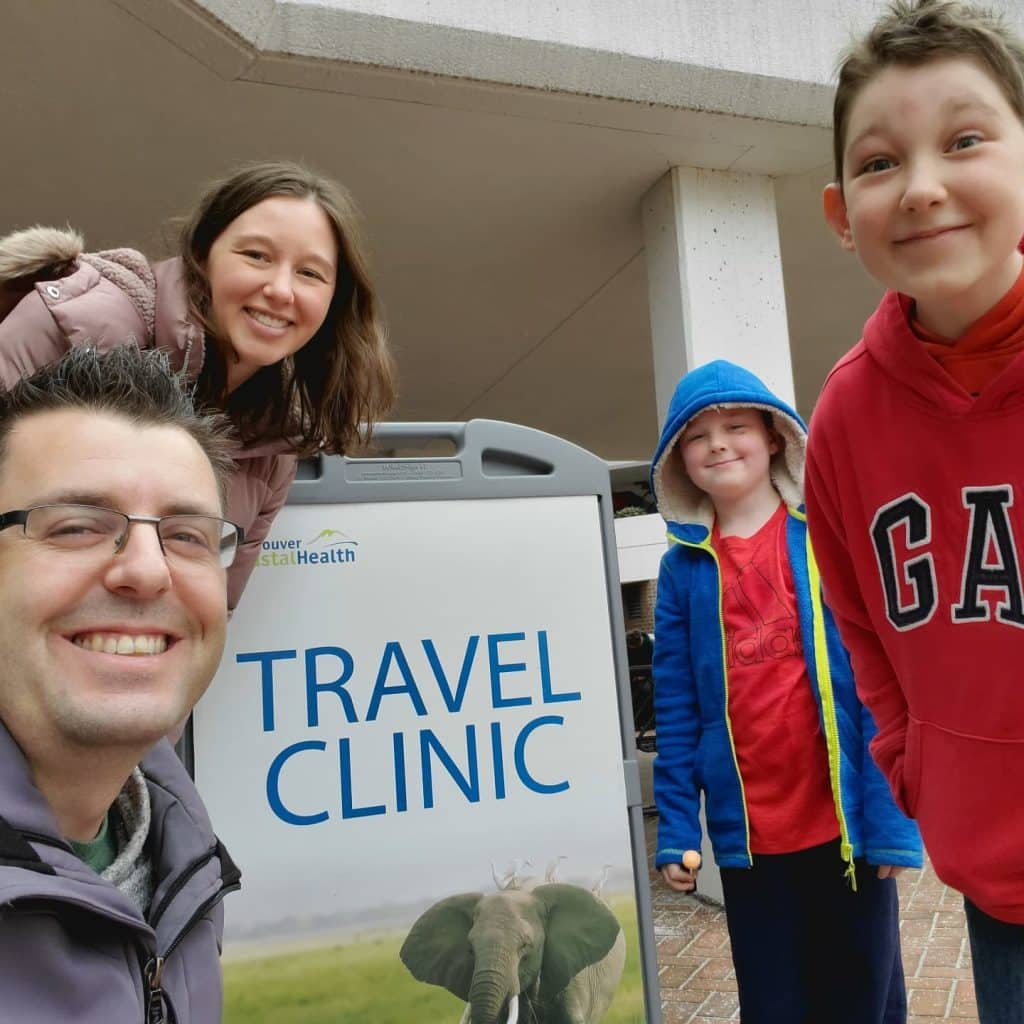
There are plenty of expenses that sneak up on you, and many hit before you even step out the door. These aren’t the fun parts to plan, but they’re essential to budget for when preparing for long-term travel.
• Visas: These vary widely depending on your passport and destination. Some countries require you to purchase visas ahead of time (which can be done online or through an embassy), while others let you pay at the border. Either way, do your research in advance.
• Travel Vaccinations: This one can be a shock if you haven’t travelled to certain regions before. Years ago, when Derek and I travelled to Zambia and Tanzania, we were surprised by the financial hit just before leaving. So, we knew this would be a big cost again. Based on our route, we needed several immunizations, plus anti-malarial pills. It’s not a glamorous line item, but it’s necessary — and expensive. Total cost for our family CAD 4400.
• Travel Health Insurance: Essential for peace of mind. Make sure it covers adventure activities, high-risk regions, and any pre-existing medical conditions. You don’t want to be figuring this out mid-emergency.
• Luggage & Gear: Even before the trip begins, costs add up — from decent backpacks or suitcases to packing cubes and technology. Try to pack as light as possible, especially since airlines are increasingly strict about baggage weight (and fees).
• Clothing & Supplies: In the weeks leading up to departure, we bought shoes, raincoats, layers for cooler climates, homeschool supplies, and items for a first aid kit. These smaller purchases added up fast.
• House Prep & Storage: One of the more unexpected costs that can come up is furniture storage. We rented our house furnished, but for those who don’t you will need to weigh the sentimental and financial value of your belongings against the monthly storage fees. In some cases, selling and re-buying later might actually be cheaper.
Rough Estimate
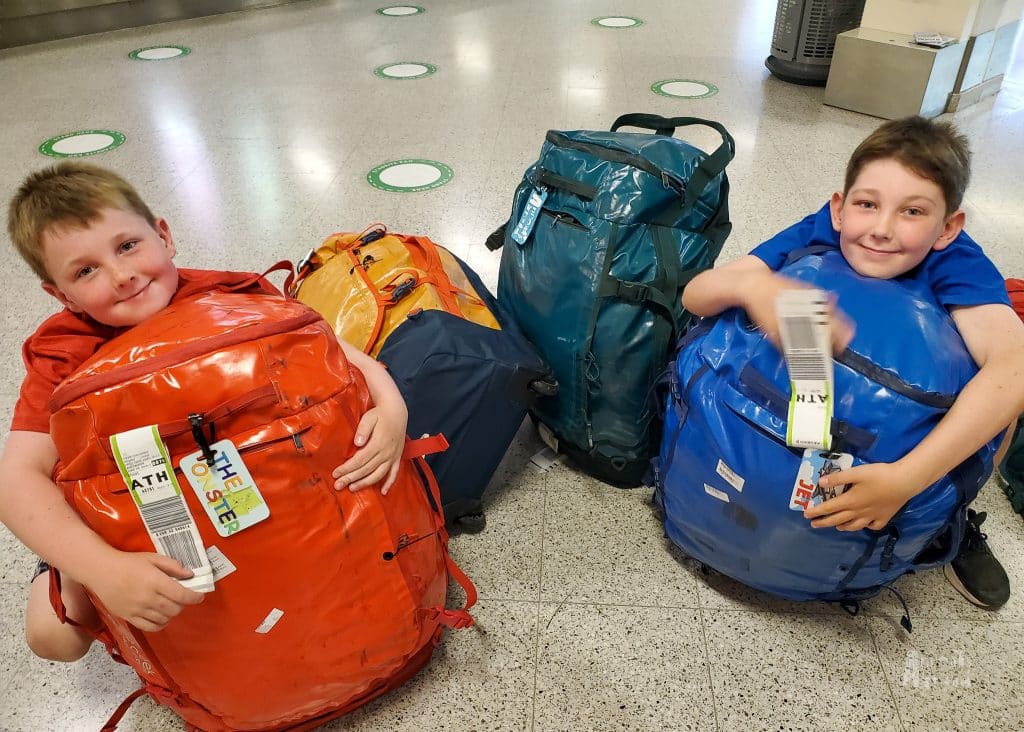
So… how much does a world trip actually cost?
This was one of the hardest questions to answer when we first started planning. We wanted to travel long-term, but had no idea what a realistic number looked like, especially as a family.
Most travel blogs suggest budgeting around USD 25,000 per person per year. With that in mind, and our original goal of a two-year journey, we set a savings target of CAD 200,000 (approximately USD 150,000 at the time).
In the end, we were able to visit 21 countries over 17 months, and our actual spending came in just under CAD 32,000 per person, per year, or about USD 24,000.
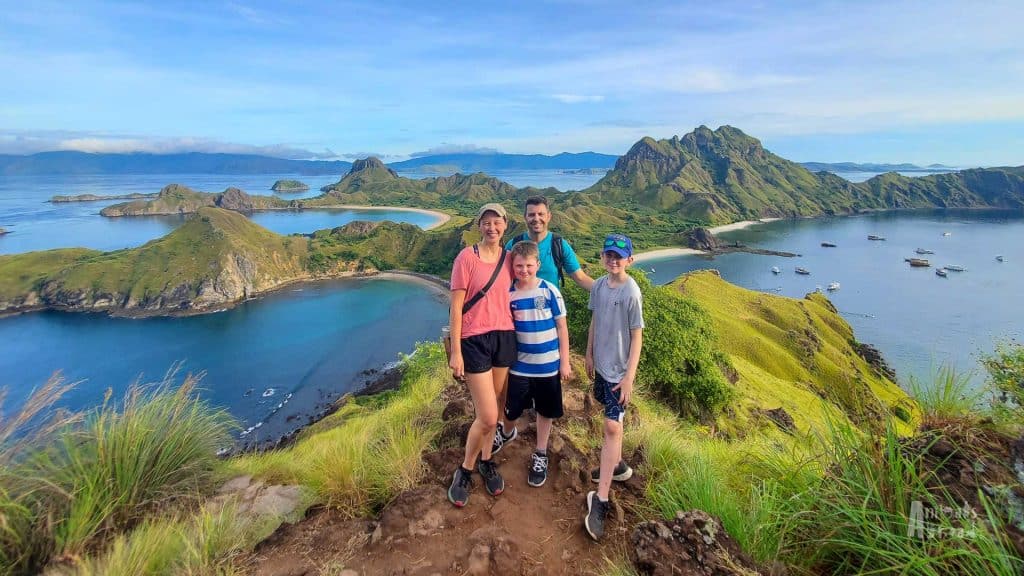
A trip around the world with kids might be closer than you think. With thoughtful planning, a slower pace, and the occasional splurge, long-term travel can be surprisingly within reach.
Ready to Get Started?
Check out these related posts to help plan your World Trip:
• Building a World Trip Itinerary
• This or That? Saving to Make it Happen
• How to Involve Your Kids in Planning a World Trip

